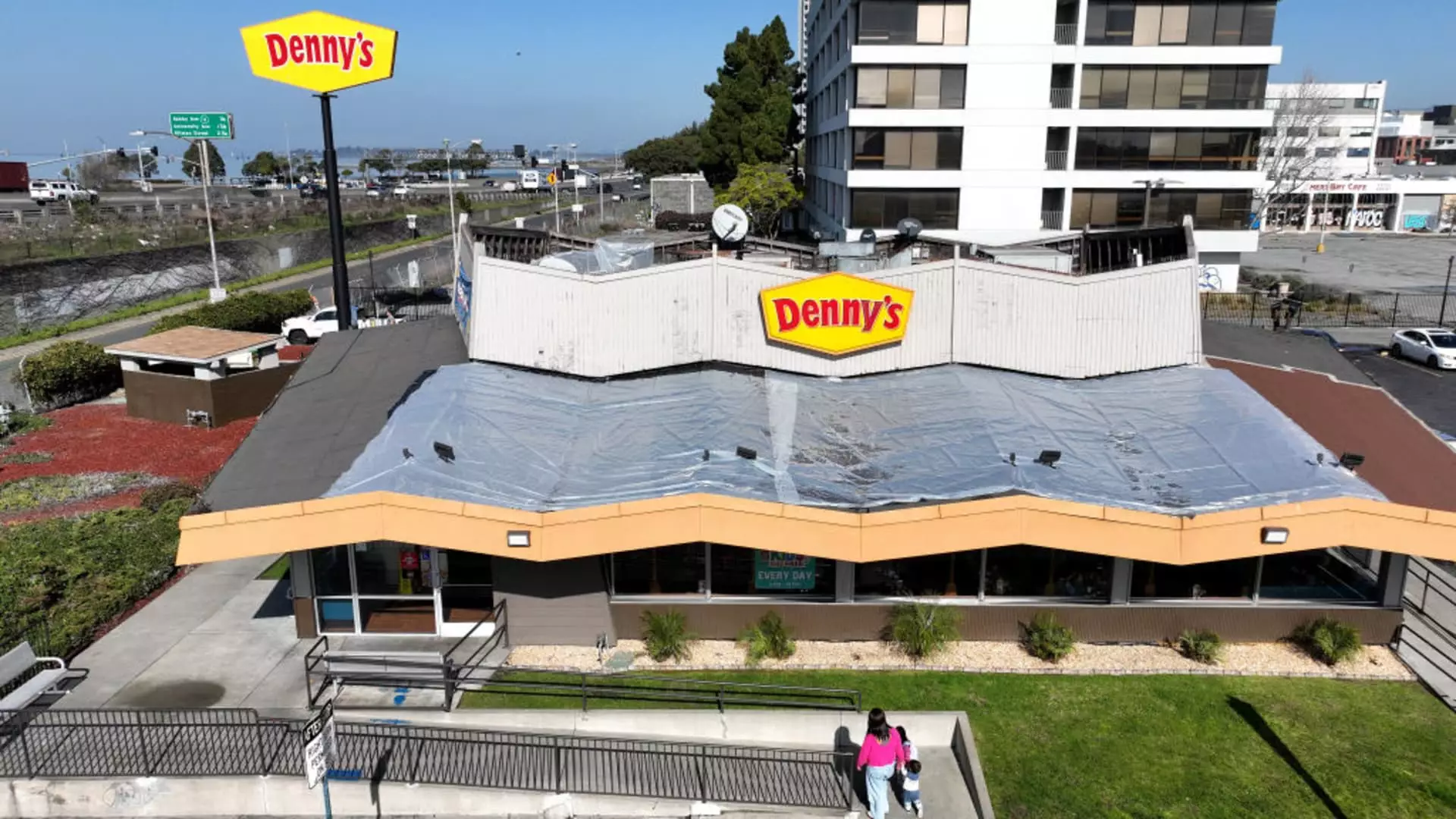The restaurant industry has always been a cornerstone of American culture, serving as a focal point for social interaction and culinary exploration. However, 2024 proved to be a tumultuous year for this sector, as numerous chains were compelled to close their less profitable locations in an effort to revitalize their brands. This article delves into the underlying factors contributing to the industry’s struggles, identifies specific chains that have suffered, and explores the implications of this year of closures.
The primary catalyst for the downturn in the restaurant business has been the prevailing economic landscape marked by inflation. As consumers faced increased prices across various sectors, their discretionary spending on dining out significantly waned. Data from Black Box Intelligence highlights a concerning trend: for the first ten months of 2024, restaurant visits in the U.S. declined dramatically. This shift in consumer behavior has prompted many patrons to seek out the best value, turning to meals that provide quality and affordability instead of traditional dining experiences.
The economic climate has forced many families to rethink their dining choices. The combination of tightening budgets and the search for value-driven options has left many casual dining chains struggling to maintain customer interest. Since fast-casual brands emerged, offering a quicker and seemingly healthier alternative, traditional casual dining venues have faced mounting challenges. Diners have increasingly favored chains like Chipotle, which promise convenience without sacrificing quality, further pushing older establishments to the peripheries.
The financial repercussions of these behavioral shifts have been devastating for the restaurant industry as a whole. In 2024, a staggering 26 restaurant companies filed for Chapter 11 bankruptcy protection, a figure that represents a nearly threefold increase compared to the pandemic’s peak in 2020. Casual dining establishments were particularly affected, as they struggled to draw foot traffic amid changing consumer preferences and heightened competition from fast-casual formats.
Prominent brands like Wendy’s, Applebee’s, and Denny’s have faced severe setbacks. Wendy’s decision to close 140 locations, building upon the 80 closures from earlier in the year, illustrates an aggressive move to shed underperforming assets. CEO Kirk Tanner pointed to outdated restaurants as part of the rationale behind this course of action, as the chain attempts to streamline operations and focus on growth in more profitable regions.
Similarly, Applebee’s has reported declining same-store sales for six consecutive quarters and announced the closure of 25 to 35 locations. The parent company, Dine Brands, has struggled to keep pace with the evolving dining landscape, closing more outlets than it has opened in recent years. This trend suggests a homeostasis emerging in the market, where sustained closures underscore the difficulty in attracting and retaining customers.
2024 saw several flagship chains taking drastic actions to remain afloat. Denny’s, once a staple of American dining, announced plans to close 50 locations in addition to its previous closures. The company’s focus on enhancing overall profitability speaks to a shift in priorities, stressing the need to refine their restaurant portfolio.
On another front, TGI Fridays’ belated filing for bankruptcy followed a significant reduction in operational locations, cutting 86 restaurants from its ensemble. The future of TGI Fridays rests in the hands of the bankruptcy court, raising further questions about the viability of the brand’s long-term strategy.
Red Lobster also faced significant turbulence, shuttering over 120 restaurants this year, signaling both a desperate attempt to regroup and a broader trend within the seafood segment. As they navigated through their second bankruptcy filing, the prospect of recovery will depend on an effective reinvention of the brand’s core identity.
Noodles & Co. has not been immune, announcing plans to close 20 locations after evaluating its broader footprint. Here, we witness a microcosm of the industry’s challenges; the food chain’s experience underscores the necessity of continuous adaptation to fend off declining sales.
As we step into 2025, the restaurant industry must learn valuable lessons from 2024’s hardships. The ability to innovate, create compelling value propositions, and embrace digital transformation will be vital for survival. Chains will need to shift their focus from sheer volume to delivering quality experiences that resonate with today’s more discerning patrons.
The challenging landscape will also necessitate a critical evaluation of location performance and consumer preferences. The emergence of technological tools for food delivery, payment solutions, and customer engagement will likely become pivotal as the industry adapts to meet the needs of modern diners.
The future holds both uncertainty and opportunity for the restaurant industry. With resilience, strategic planning, and a consumer-focused approach, the sector can navigate its way back to prominence, positioning itself to thrive amidst evolving market conditions.

